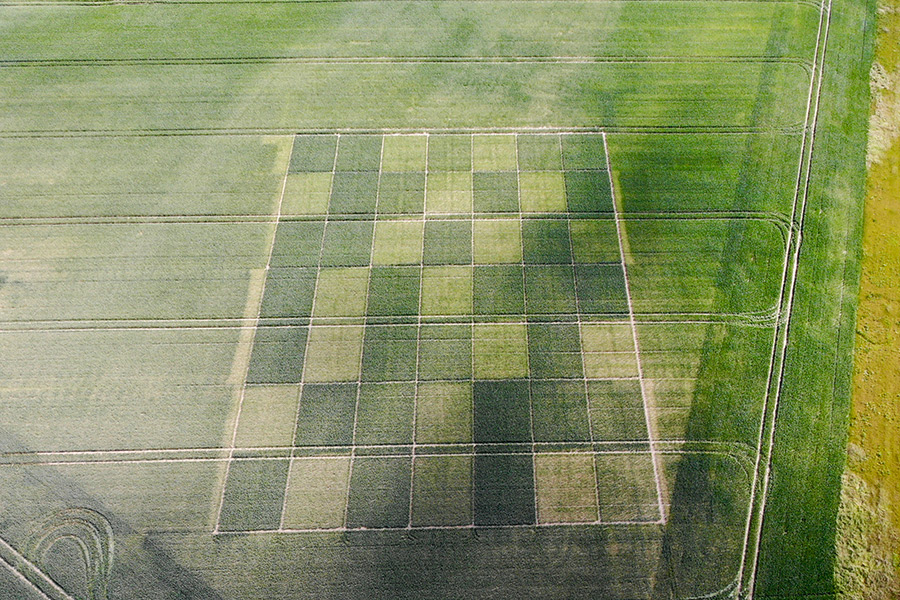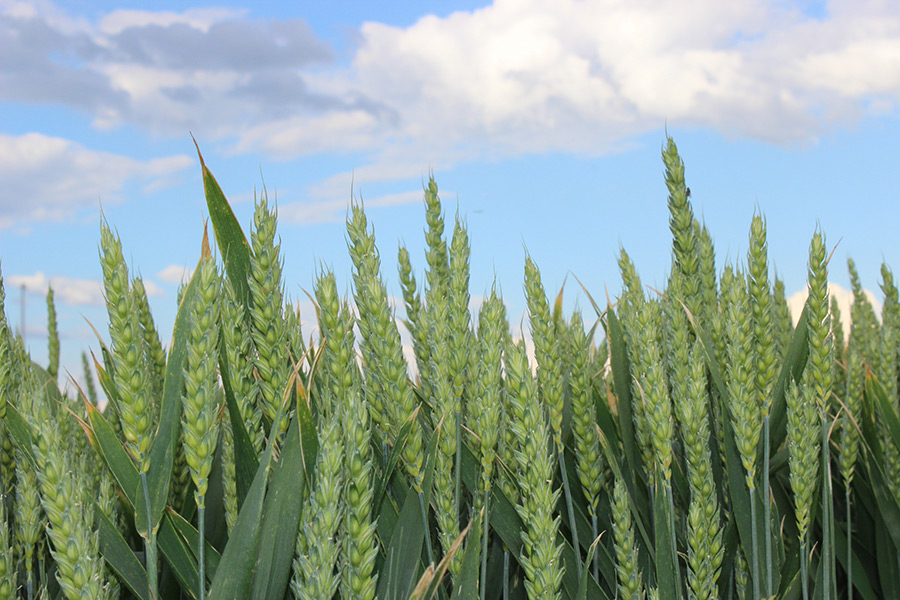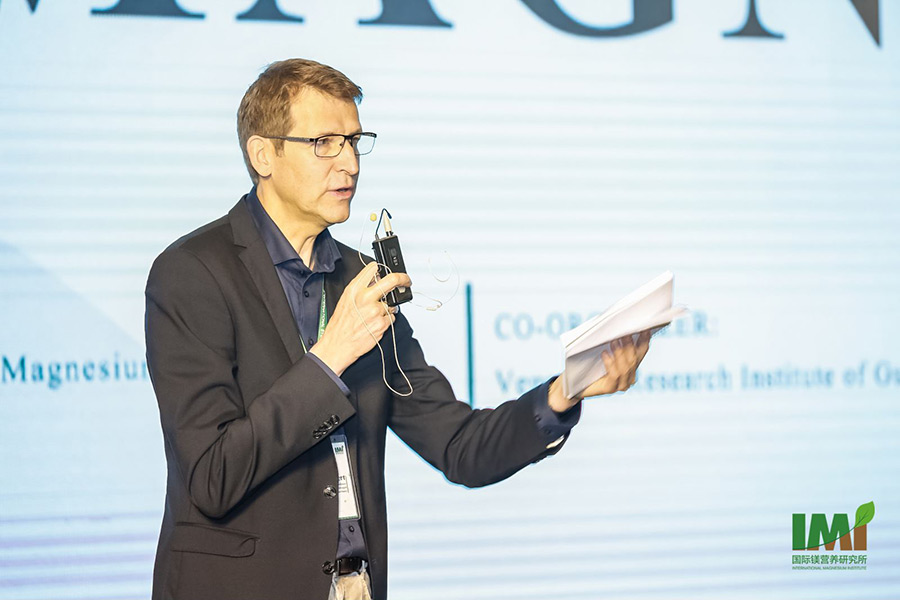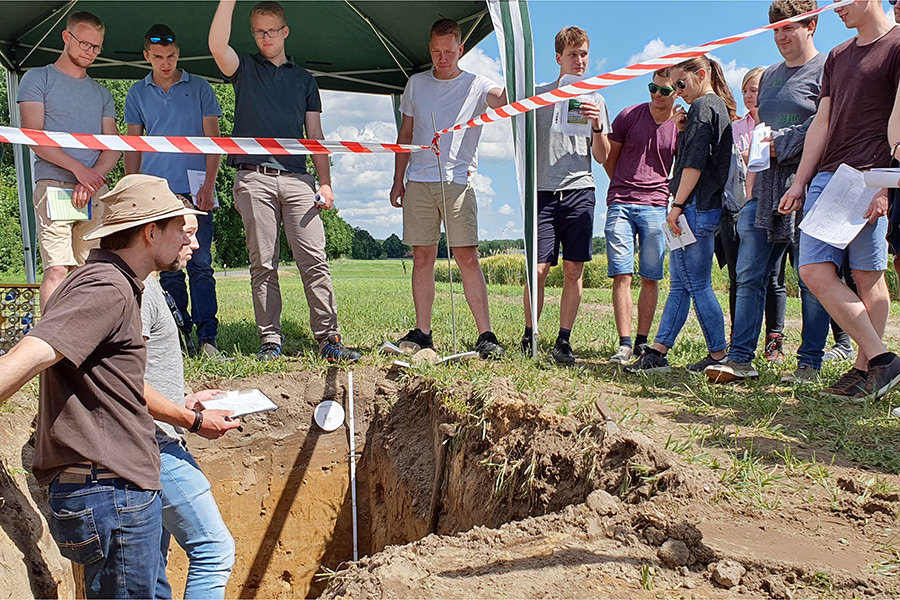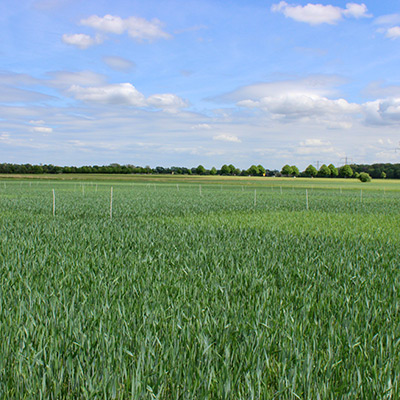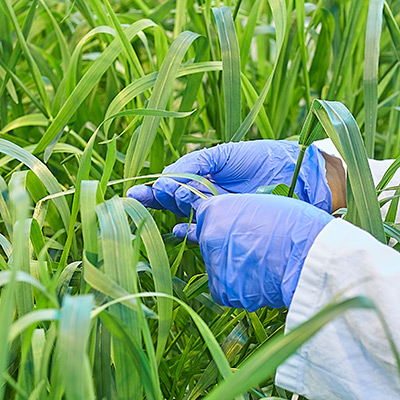Research
In agriculture, remote sensing technologies have gained much importance in recent years. Mostly, they involve detection of changes in the optical properties of crop stands or plant leaves. The optical properties are based on interactions between light and the various components in plant tissues, for example pigments, water, cellulose, proteins.
Part of the incident light spectrum is absorbed by the leaf tissue, while the remaining spectrum is reflected. By detecting and quantifying the absorbed and reflected wavelengths, various physiological and anatomical parameters can be assed. Hence today, numerous properties such as the developmental status of plants and their responses to nutrient deficiencies, diseases, drought and water stress or environmental changes can be evaluated with remote sensing methods.
In research, remote sensing methods such as field spectrometry or the analysis of satellite images, are used and calibrated with data collected in the field and laboratory. Apart from being non-invasive, which allows in vivo observations of plants, this methodology is particularly useful as it allows continuous monitoring of plant development over time with high spatial resolution. Therefore, it is possible to fully follow the entire life cycle of crop plants.
Early detection of nutrient deficiencies is one of the main focuses of research at IAPN and particular attention is given to the role of Mg in plant nutrition. Being an essential plant macronutrient, Mg participates in many physiological processes by being a cofactor of many enzymes involved in respiration, membrane transport, photosynthesis, and the synthesis of DNA and RNA, a structural stabilizer of several nucleotides, and part of the ring structure of the chlorophyll molecule. Its deficiency in crops can affect plant biomass and yield formation severely.
When plants display visible symptoms or even before they appear, plant growth and development may already be compromised, leading to considerable yield decreases. Therefore, the presymptomatic and non-invasive detection of Mg deficiencies in plants is crucial for crop monitoring and for alleviating stress at early stages of plant development.




